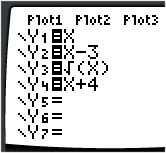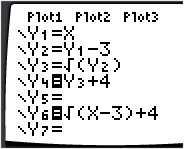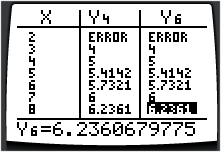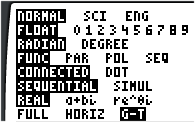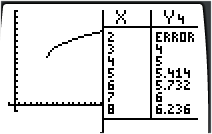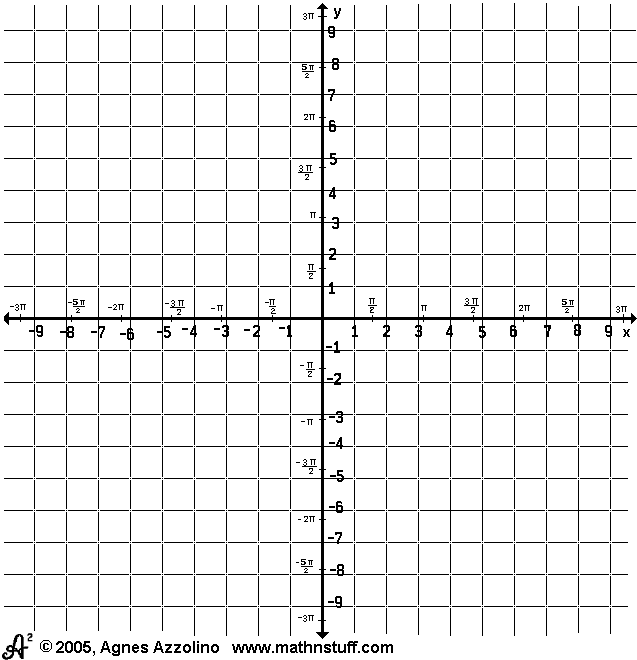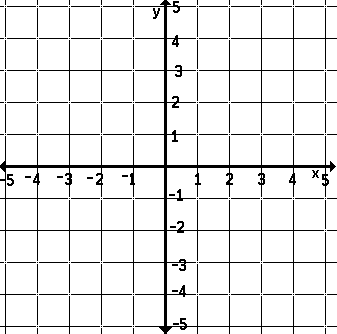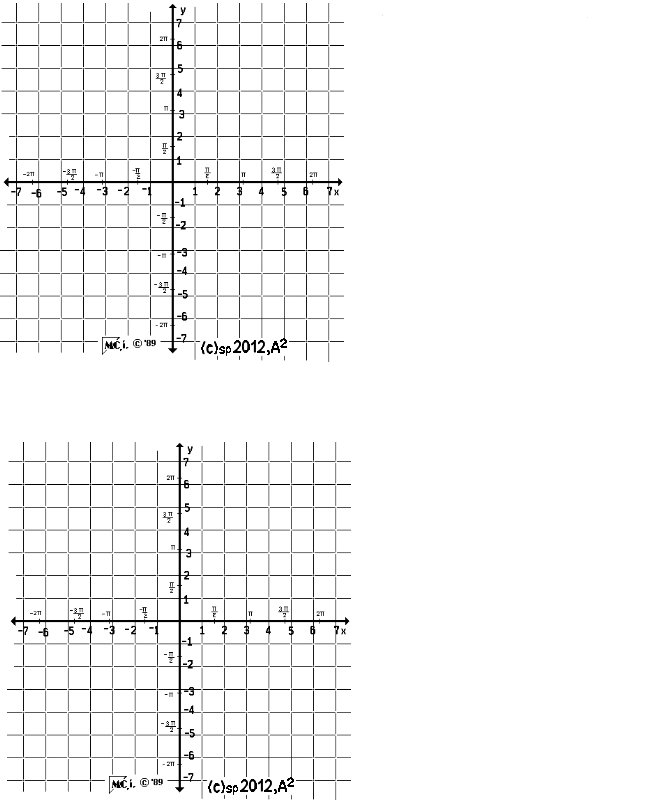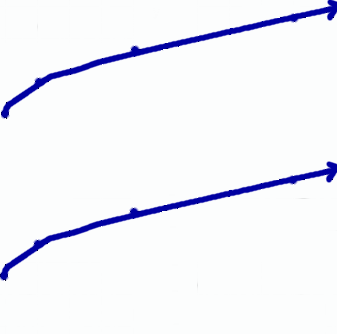| Functions in 4 Modalities -- The Visual, Auditory, Symbolic, and Kinesthetic
Functions are at the core of the high school core curriculum. Examine how they may be approached via different learning styles or modalities. Use the spoken word, written symbols and words, pictures, graphs, and manipulatives to introduce, address, expand upon function related standards. |
Agenda
|

|
| Use Discuss This With Your Partner (Auditory) To DECREASE SOPHISTICATION. Debrief (Symbolic) To INCREASE SOPHISTICATION. The easiest way to increase the number of modalities is to introduce communication between students. Have them DISCUSS THIS WITH THEIR PARTNER each time a problem or activity is completed. The second best way to increase the number of modalities is to DEBRIEF after an activity or problem is completed. We use material from The Languages of the Math Classroom. |
| Calculator Composition of Functions (Symbolic, then Visual)
|
Materials
|
| Curve Shifting (Symbolic, Visual, Kinesthetic)
Please clear your notes and material and prepare for a lab.
Please take out your notes and debrief the lab by sketching the curves. |
Solve (Symbolic, Visual, Kinesthetic)
 (x) = x (x) = x
 (x - 2) = (x - 2) =
 (-x) (-x)
 (-x+4) = (-x+4) =
 (x+1)-1 (x+1)-1
 (-x+4) = (-x+4) =
 (x+2)-1 (x+2)-1

|
| Who Has
We use material from "Who Has" Games. |
Math Exercises (Auditory, Symbolic, Kinesthetic)

|
Take An Inverse in 4 Modalities (Auditory, Symbolic, Visual, and Kinesthetic)

(Verbally) Take the inverse of
We use material from Find an Inverse Function in Each of the 4 Language Families. |
Debrief




|
![[MC,i. Home, site home page]](http://www.mathnstuff.com/math/spoken/here/1gif/mcihome.gif)
![[master list of all MSH! dictionary words]](http://www.mathnstuff.com/math/spoken/here/1gif/words.gif)

![[Good Stuff -- free & valuable resources]](http://www.mathnstuff.com/gif/goods.gif)



www.mathnstuff.com/papers/amtnjc.htm © 2012, A. Azzolino |



